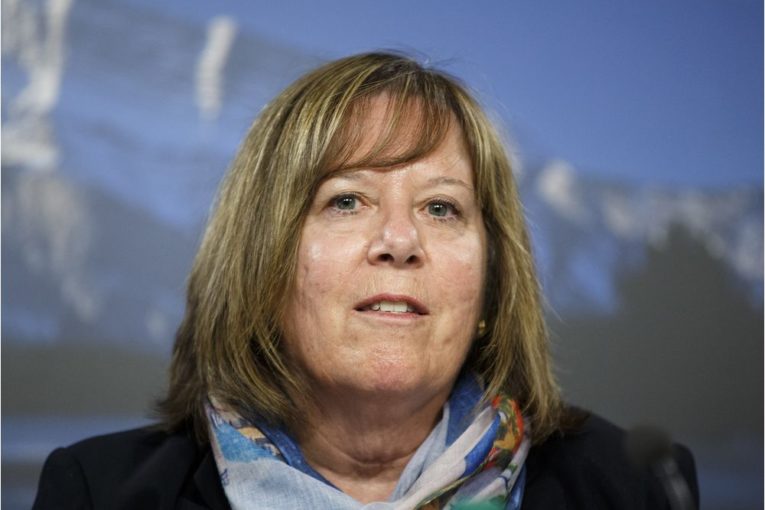
And so it begins.
After dancing around the edges of the issue for months, the Notley government has finally unveiled its broad plan to provide subsidies to the energy sector, all in the name of chasing economic diversification and creating jobs.
In its first bill of the new spring legislative session, the NDP government decided to arm itself with tools to incent companies to invest in value-added energy developments in Alberta.
The bill will give the Alberta Petroleum Marketing Commission (APMC) the power to dole out grants, provide loan guarantees and make direct equity investments into such projects.
The province will also renew a 2016 petrochemical program that offered royalty tax credits to Alberta companies to construct two new plants in the province.
And it will take steps to “incentivize investment in new straddle plants to separate high-value natural gas liquids (NGLs) from Alberta natural gas, creating jobs in value-added industries,” according to Thursday’s throne speech.
Key details are still missing, such as how much money the province will invest — or, viewed through another lens, how much taxpayer money will be put at risk.
Those elements will come in the next few weeks.
But the direction is clear. The energy diversification ship has set sail.
“These measures are not one-off fixes. This is about a long-term plan to build a more diversified and resilient energy sector,” Energy Minister Marg McCuaig-Boyd said at the legislature.
“Today really is about … signalling to investors we’re serious about investing in making Alberta the destination of choice.”
How will Alberta become a destination of choice? By offering subsidies and incentives, of course.
Last month, the province accepted a report from its Energy Diversification Advisory Committee, which said Alberta has significant opportunities with huge resources of oil and natural gas.
While U.S. states attracted $185 billion in downstream investments over the past decade, Alberta secured a paltry $4 billion.
The capital costs to build in Alberta are 10 to 15 per cent higher, it noted. Other states are also prepared to open up their wallets and offer incentives to secure investment.
Now, Alberta is entering the game.
The province announced last week it will provide $800 million in loan guarantees and $200 million in grants to partial bitumen upgrading projects over the next eight years.
The government’s existing petrochemical program, announced two years ago, set aside $500 million in royalty tax credits to companies looking to build two multibillion-dollar complexes in Alberta’s Industrial Heartland area.
The program was oversubscribed. The new program will be renewed to include developments that use ethane, not just propane.
The partial upgrading initiative and petrochemical program were specific ventures.
Today, the province has created a program with an entire financial tool box that will let it use taxpayer money to make an assortment of energy sector investments.
Lori Kent of the Resource Diversification Council, which represents petrochemical firms, midstream companies, unions and post-secondaries, said her group has an estimated $26 billion of projects on the books that could be built in Alberta.
“But there is significant competition for projects,” she said.
“Companies have options where to build their project and Alberta and Canada need to compete to be the jurisdiction of choice. The government recognizes that.”
Low taxes, ample feedstock and an educated workforce aren’t enough, it seems.
The government rightly points to the success former premier Peter Lougheed enjoyed in the 1970s building a petrochemical industry, using incentives and feedstock guarantees to catapult the sector into a new league.
This sounds like a wonderful vision, with the province providing a little stimulus to create up to 100,000 jobs for Albertans.
Who doesn’t want this dream to succeed?
But grand plans to move Alberta up the energy value chain don’t mention the risks involved, such as the province’s ill-fated experience with the bi-provincial upgrader in the 1990s. The province invested $404 million in capital costs in the project at Lloydminster, only to sell its stake four years later for only $32 million.
Nor do they mention Alberta’s involvement in the Sturgeon Refinery, which saw the project’s price tag jump from $5.7 billion to $9.4 billion.
The province supplies oil that will be turned into higher-value diesel, but its bitumen processing fees have risen from $19 billion to $26 billion, which will be paid out over three decades.
Yes, these projects were built. Yes, they created jobs.
But at what price? How much risk is acceptable in the pursuit of hitting a home run?
And how will politicians keep politics out of the decision-making?
The government vows any investments will be made in a competitive, transparent process, but others see problems ahead.
“This is not advisable policy and certainly they are not putting forward a plausible case behind it,” said University of Calgary economist Trevor Tombe, who has studied diversification issues in Alberta.
“Unless … we are clear what problem we’re trying to solve, then this risks the government basing these kind of investment decisions on achieving political ends, rather than economic ones.”
There’s a reason private industry hasn’t been prepared to foot the bill for such developments in the past: It didn’t make economic sense.
Now we’re embarking on a new diversification voyage — and all Albertans are aboard.
Chris Varcoe is a Calgary Herald columnist.
You can read more of the news on source
